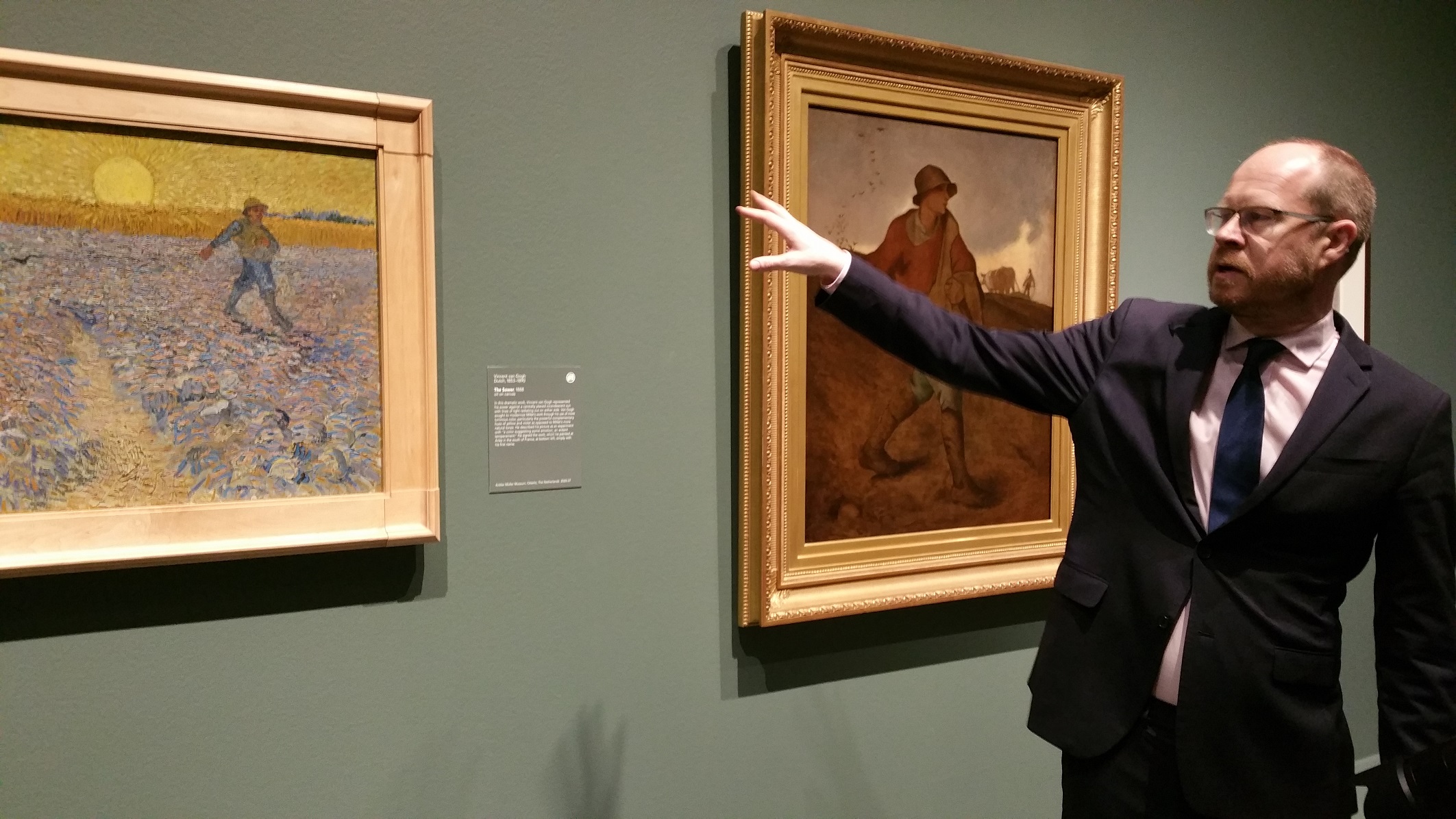
(Editor’s Note: The exhibition, “Millet and Modern Art: From Van Gogh to Dalí,” at the Saint Louis Art Museum has been extended through Sept. 7, 2020.)
The great Vincent van Gogh called him, “Father Millet,” and his legacy has had a deep impact on iconic artists like van Gogh, Claude Monet, Winslow Homer and Salvador Dalí.
This month, in a groundbreaking exhibit at the Saint Louis Art Museum, the spotlight will shine on 19th-century French painter, Jean-François Millet.

The exhibit, “Millet and Modern Art: From Van Gogh to Dalí,” examines, for the first time, Millet’s international legacy. Millet (1814-1875) was considered a pioneer in developing innovative imagery of rural peasantry, landscapes and nudes. In the late-19th century, he was arguably the best-known modern painter, and his works sold for the highest prices of any modern pictures at auction. Today, he is less well-known, and “Millet and Modern Art” explores his original importance and the range of artists he influenced around the world.
The exhibition, which runs Feb. 16 through May 17, is organized by the Saint Louis Art Museum and the Van Gogh Museum in Amsterdam.
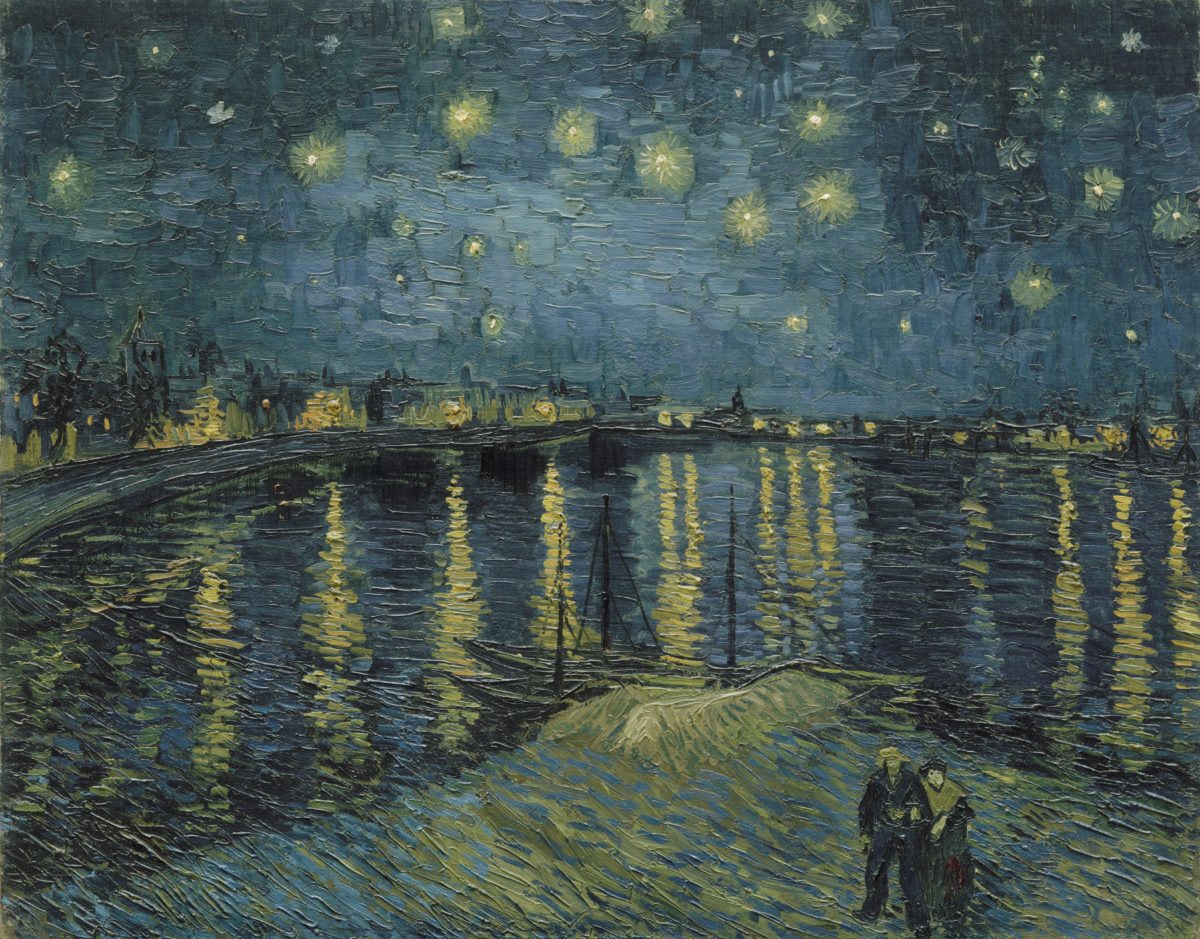
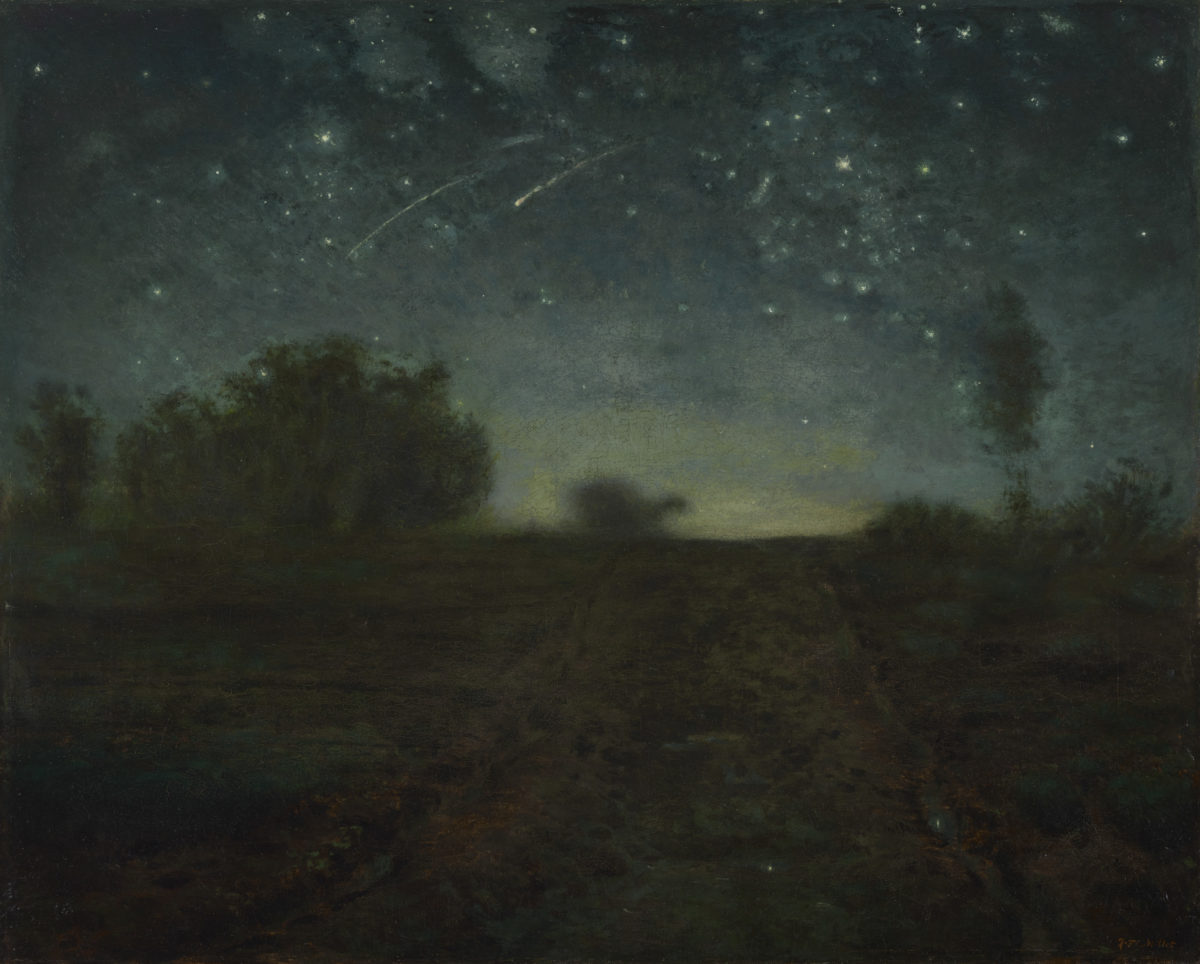
Two important paintings by van Gogh, “The Sower” and the rarely lent “Starry Night” from the Musée d’Orsay in Paris, are among the exhibit highlights. Also included are masterworks on loan from many of the world’s greatest museums, which situate Millet’s imagery within the context of work by a wide, international range of artists whom he influenced, including Frenchmen Camille Pissarro and Georges Seurat, Italian Giovanni Segantini, German Paula Modersohn-Becker and Norwegian Edvard Munch.
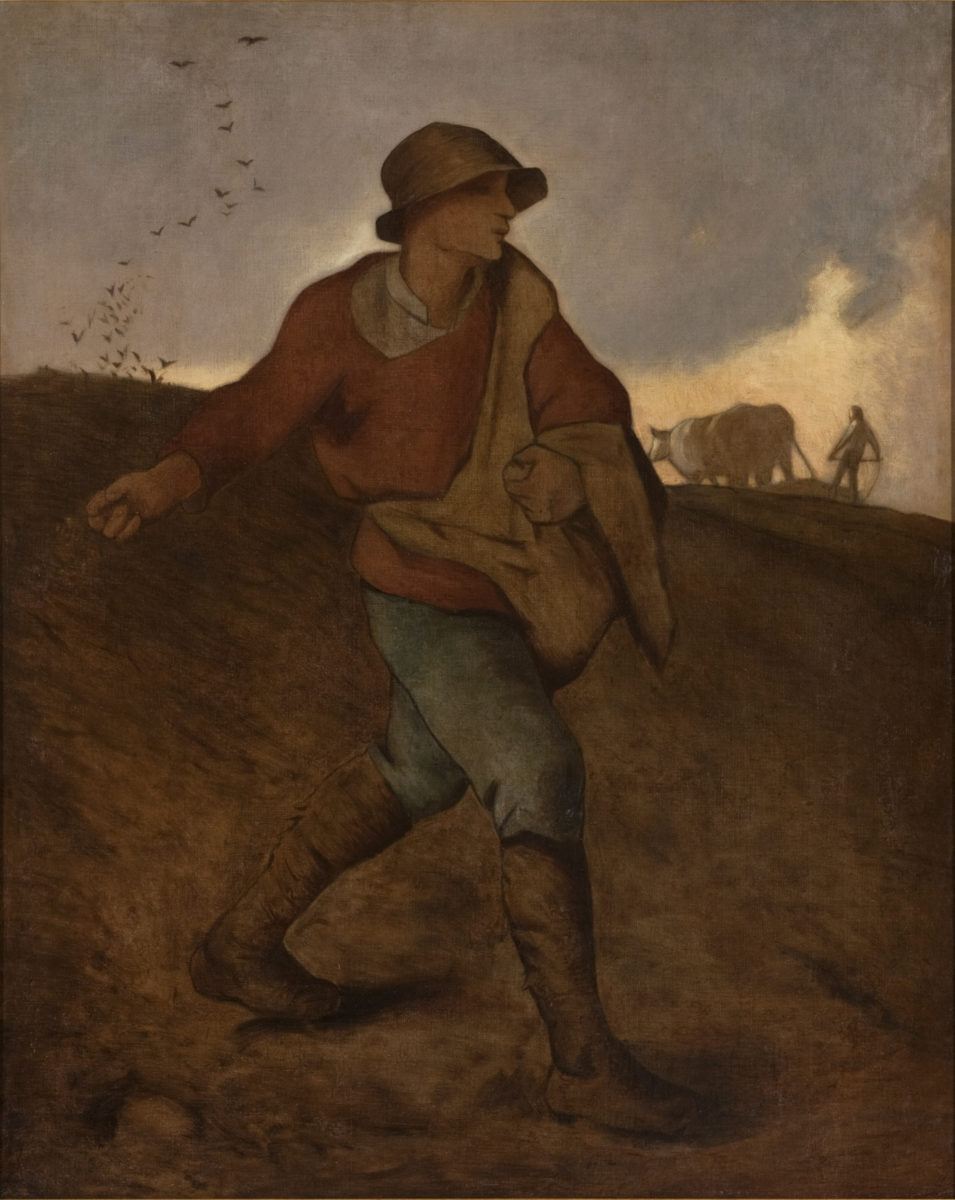
“This groundbreaking exhibition rediscovers Millet’s critical role in the birth and development of modern art,” said museum director Brent Benjamin. “It will be a visually stunning treat for our visitors, and it is an important contribution to art historical scholarship.”
Rural labor was always an important theme for Millet, and the exhibition looks at imagery such as the sower, the reaper and the gleaner, in which the artist articulated his sympathy for the marginalized rural poor and suggested larger metaphorical narratives of birth and death. Millet’s work had a particularly deep impact on the Dutch artist van Gogh, who referred to him as “father Millet.”
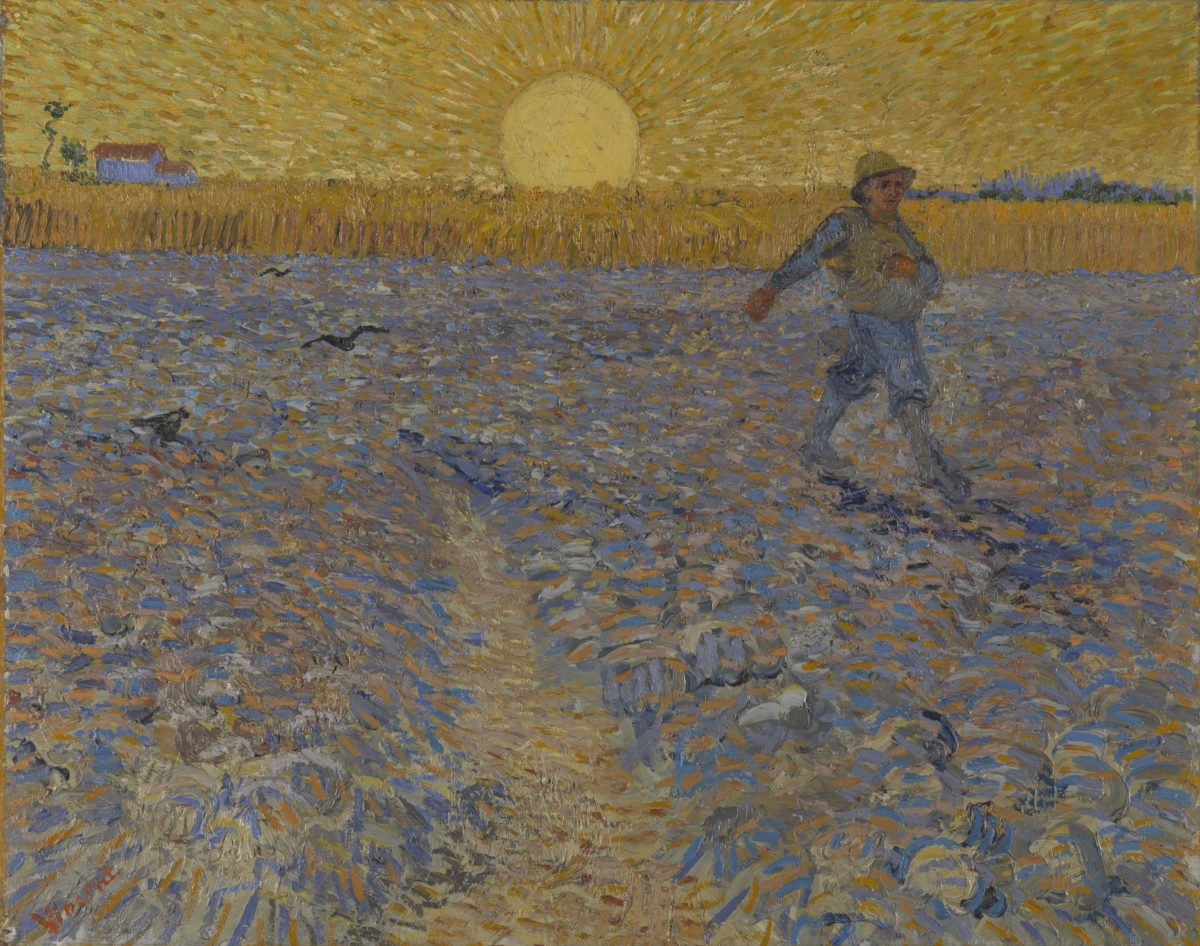
Among the American artists represented in the show is Homer, whose “The Bright Side” reinterprets Millet’s imagery through the lens of race.
In the late 19th century, Millet’s drawings and pastels were often seen as more formally radical than his paintings.
The show includes important groupings of works on paper, demonstrating their impact on artists such as Seurat. There is also a body of Millet’s little-known nude imagery that deeply affected Edgar Degas.
The exhibition emphasizes the significance of Millet’s landscape paintings that increasingly dominated his practice in the last decade of his life. His marine imagery is paired with that of his fellow Norman, Monet, who was also fascinated by the sea. An important loan in this section is “Spring,” a late masterpiece in which Millet showcases his ability to capture light from a passing rainbow. This is related to imagery by the American George Inness.
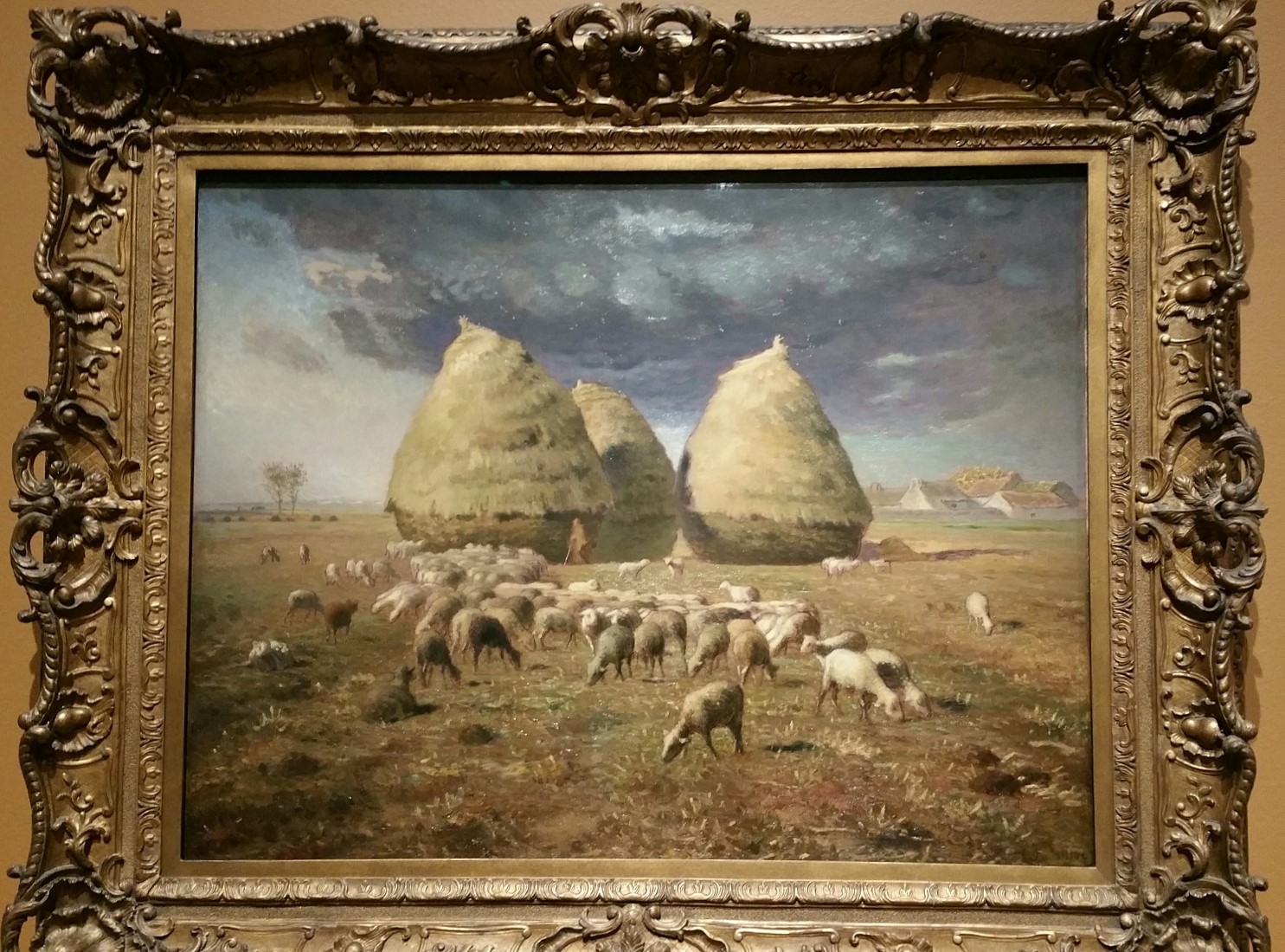
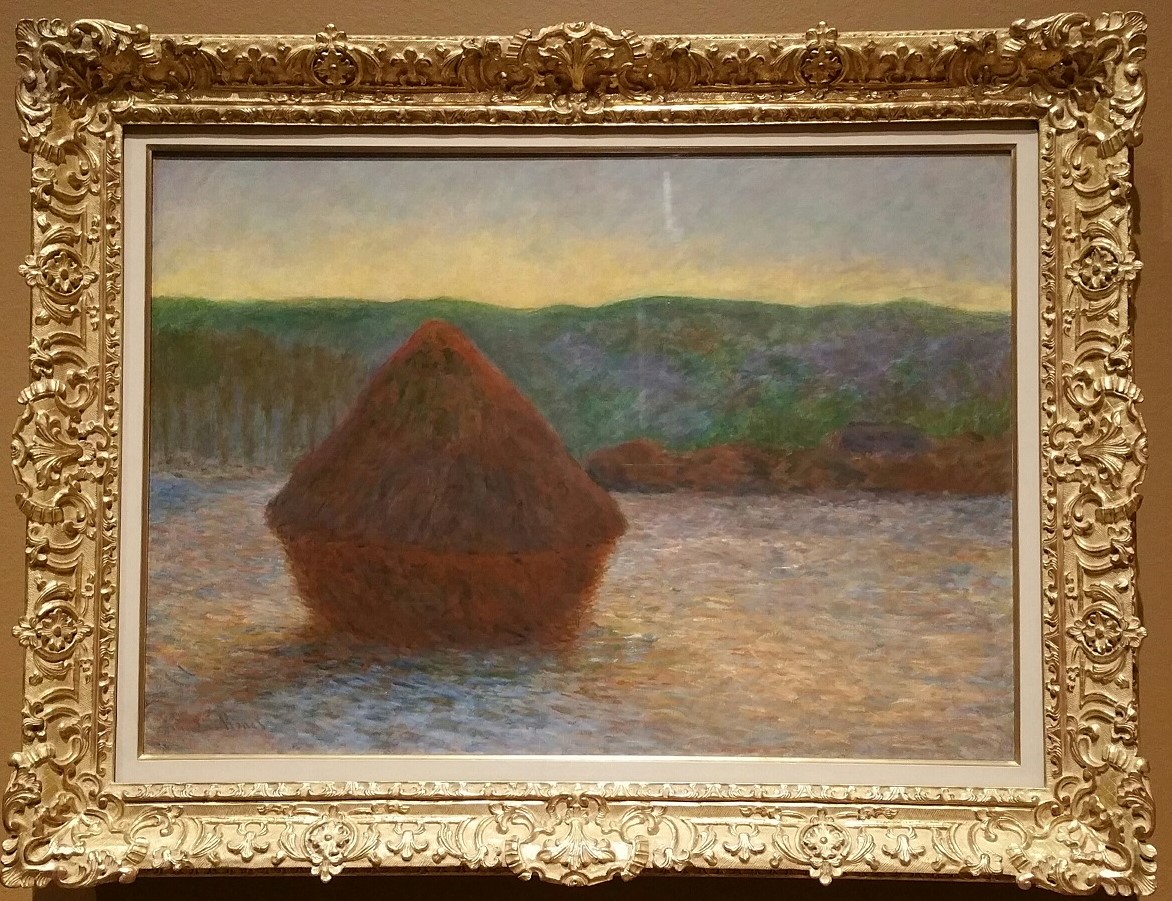
The final and culminating section of the exhibition centers on Millet’s “Angelus,” one of the most expensive modern paintings of the late 19th century and an important national symbol of France to this day. The show includes related work by artists including Munch, the Russian Natalia Goncharova, and an important group of pictures by Dalí, who was obsessed by Millet’s “Angelus.”
The exhibition is co-curated by Simon Kelly, curator of modern and contemporary art at the Saint Louis Art Museum, and Maite van Dijk, senior curator at the Van Gogh Museum, Amsterdam.
Advance tickets are strongly recommended. Admission is $15 (adults), $12 (seniors and students, $6 (children ages 6 to 12); free for Saint Louis Art Museum members, and for children 5 and younger. For more information, visit slam.org





